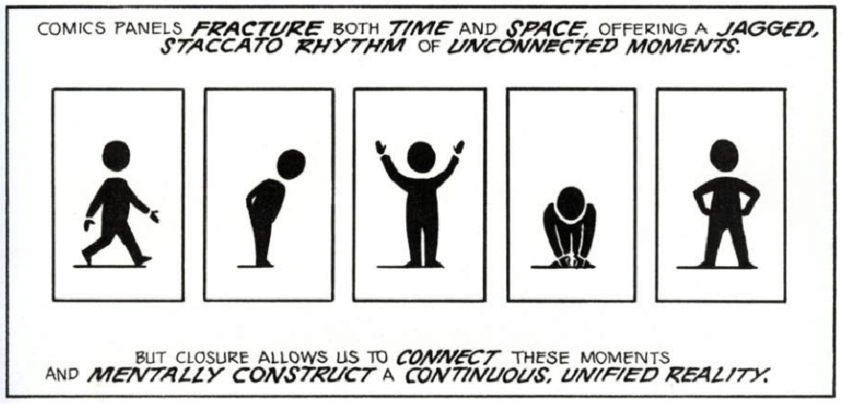Panel by Panel: Charby the Vampirate and the Three-Beat Sequence
hpkomic at June 17, 2022, 12:24 p.m.

Hello and welcome to Panel by Panel, an analysis of panels from comics right here on The Duck and exploring what they do, how they work, and what we can learn from them.
We're mixing things up a bit this week by looking at three panels. We're talking about the three-beat sequence and how slowing down time is a helpful tool for arranging your comics. Our spotlight comic to illustrate this week's principle is the long-time Duck classic Charby the Vampirate by Amelius.
We'll look at this deceptively simple but useful three-beat sequence from the update "Shields Deployed."
Before we begin, be sure you visit the comic, leave a comment, and look at these three panels in the context of the larger page.
So what is going on here? Well, we generally consider panels to be abstracted slices of time. The shape may change, and the way we see a moment play out might vary, hence the abstraction, but generally, in most comics, a panel is like a single moment in time. Because we are getting moments and space on the page is limited, we tend to jump forward quite a bit in a sequence, panel to panel. In that sense, if we were watching a movie, it would be like cutting out certain frames.
In comics, we understand the language and know that the gutter, the space between, takes us to different moments in time. This was brilliantly explained in Scott McCloud's book Understanding Comics:
What we see in the sequence I chose for Charby the Vampirate is a sequence where the gutters are still creating a break in time, but due to the relatively minor changes in the action of the subject in the panels, we get the sense that this is far less time progression between moments compared to other parts of the source page. However, ironically enough, the character's confusion is also drawn out by extending the sequence depicting the actions that show confusion. So these three beats end up doing a lot to sell what is happening now.
Again, it is weird to consider, right? The three beats shorten the time jump between the images but simultaneously lengthen the gag, almost like slowing time. Comics are great.
But now, a question for you: Do you have a variation on this three-beat sequence in your comic? Please share an example of what you've done that is similar to this. I expect many of us to have similar moments in our work. My guess? It might be a two-panel sequence.
____________
Don’t forget you can now advertise on DrunkDuck for just $2 in whichever ad spot you like! The money goes straight into running the site. Want to know more? Click this link here! Or, if you want to help us keep the lights on you can sponsor us on Patreon. Every bit helps us!
Special thanks to our patrons!!



Justnopoint - Banes - RMccool - Abt_Nihil - PhoenixIgnis - Gunwallace - Cdmalcolm1 - PaulEberhardt - dragonaur - Emma_Clare - FunctionCreep - Eustacheus - SinJinsoku - Smkinoshita - jerrie - Chickfighter - Andreas_Helixfinger - Tantz_Aerine - Epic Saveroom - Genejoke - Davey Do - Spark of Interest - Gullas - Damehelsing - Roma - NanoCritters - Scott D - Bluecuts34 - j1ceasar - Tinchel - PhillipDP - Teh Andeh - Peipei - Digital_Genesis - Hushicho - Sad Demon Comics - JediAnn Solo - Kiddermat - BitterBadger - Palouka - cheeko - Paneltastic - [https://www.theduckwebcomics.com/user/L.C.Stein/]L.C.Stein - Zombienomicon - dpat57 - Bravo1102 - The Jagged - LoliGen - OrcGirl - Miss Judged - Fallopiancrusader - arborcides - ChipperChartreuse - Jaybiejay


Comments
Please login to comment.
Login or Register${ comment.author }} at
${ comment.author }} at